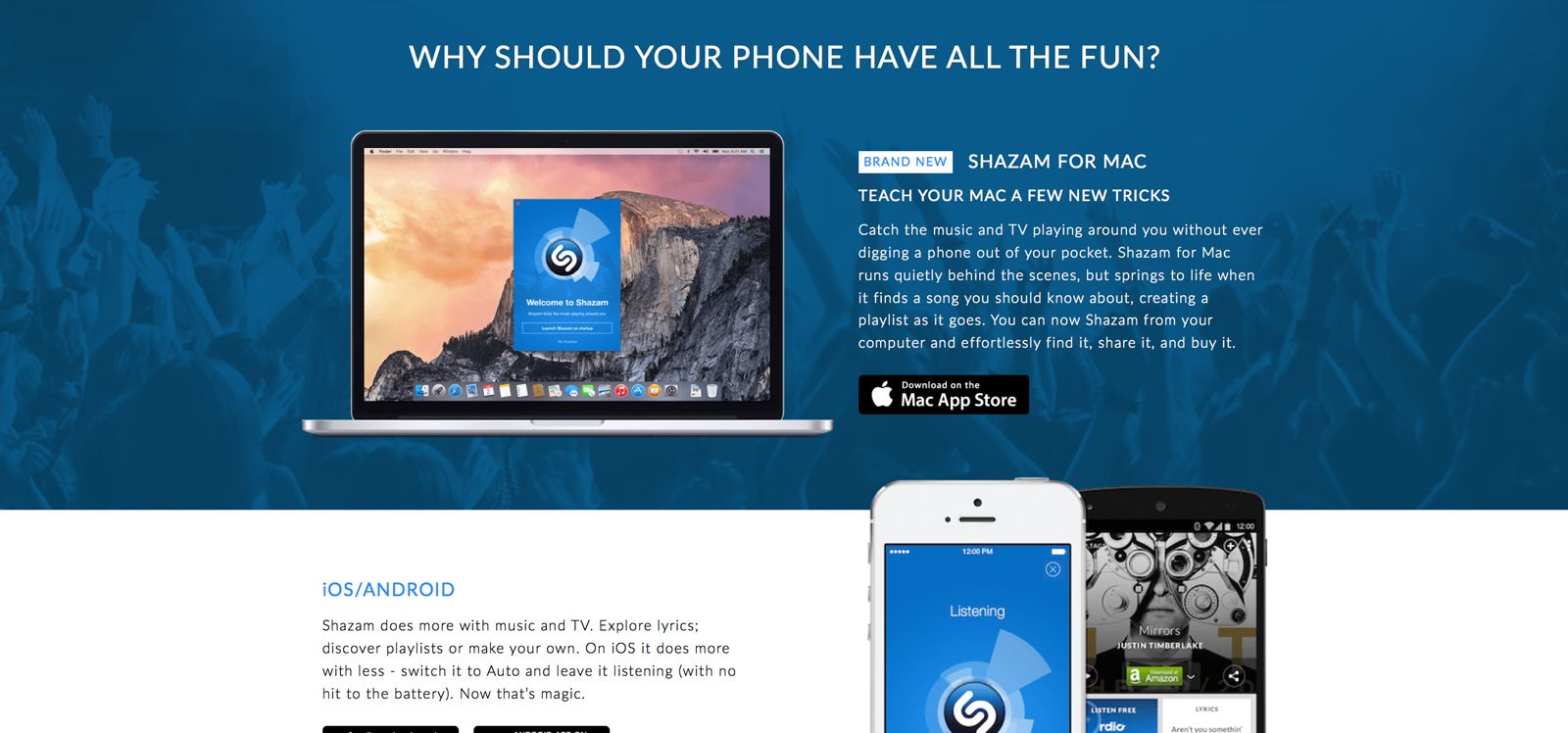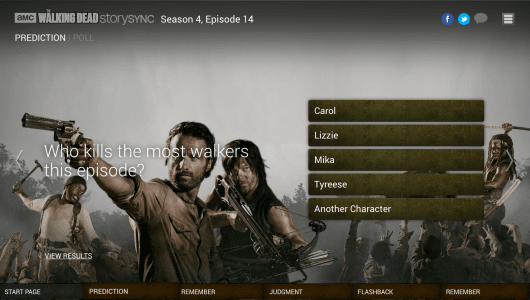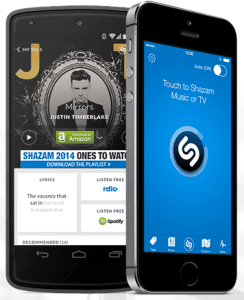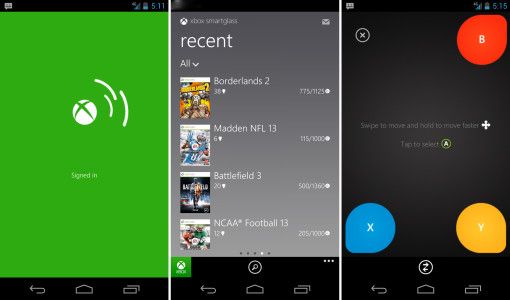The Rise of the 2nd Screen

One use case of real-time that’s rapidly growing in significance which we’d like to showcase is that of real-time 2nd screen applications.
Introduction
Real-time has improved our lives massively as consumers, and offers many advantages to developers and designers who make use of it in their projects. We’ve seen real-time being applied to in many use cases: messaging, information displays, push notifications being a few of them. One use case of real-time that’s rapidly growing in significance which we’d like to showcase, however, is in real-time 2nd screen applications.
What are 2nd screen apps?
2nd screen applications, as the name suggests, provide supplementary information in addition to a ‘primary’ screen to enhance user experience. There are various situations to which this can be applied, from broadcasting to video games.
These apps can also vary in what they provide to users – some simply utilise the 2nd screen as an information display, while others may contain a social and interactive element, allowing users to engage with a wider community. Real-time is an important component of such apps, especially when involving social interaction, in order to maintain a smooth user experience and keep it in sync with main screen content.
What are the benefits of providing 2nd screen?
With the widespread prevalence of smartphones and tablets, broadcasting audiences are now more likely than ever to use such devices while watching television, online streams and the like. Surveys have found that 79% of consumers access a second device while watching TV programs, even without using 2nd screen applications.
While only a small portion of those are 2nd screen apps as they were only released recently, they tend to demonstrate high levels of engagement: during the 10th series of X Factor, for example, 2nd screen app users generated an average 43% engagement rate and a 14.3% click-through rate. The low usage of 2nd screen apps can also be attributed to a lack of knowledge as to what programs offer such an option, as opposed to any inherent problem with 2nd screen apps in themselves.
Because 2nd screen apps provide supplementary information that is related to what consumers are already viewing, they are regarded as far less intrusive than ‘traditional’ visual advertising, which may not even be aimed at the correct target audience. Here are several 2nd screen apps that make use of real-time, and what they offer to their audiences:
AMC ‘The Walking Dead’ Story Sync

AMC’s app provides a 2nd screen experience to viewers of its hugely successful Walking Dead series, providing snap polls and trivia for viewers as they watch new episodes of the show.
Story Sync is a prime example of a 2nd screen app that manages to engage viewers without being intrusive – it’s been described as successfully giving the impression of watching the show in a room with other fans through its snap polls, but only presents information on a ‘need to know’ basis or during commercial breaks.
Real-time adds greatly to the Story Sync experience of watching the show with a community: real-time polls allow users to see the thoughts and opinions of others instantly through their answers, creating a powerful 2nd screen experience.

Shazam
Ever heard a great song but have no idea what it is or how to find it again? Shazam solves this problem for you by identifying music when you record a section of it on your phone with the Shazam app.
So how is this 2nd screen? In the US, Shazam acts as a companion app to many television shows, where a Shazam logo will appear on the screen and indicating where Shazam can be used. This allows you to ‘tag’ the show, obtain trivia information and more, turning it into a true TV and music companion app.
Real-time is, understandably, critical to Shazam’s functionality: it needs to be able to identify music within a short time-frame, after all, so as not to leave users frustrated by long loading times.
Xbox SmartGlass

Xbox SmartGlass is an app that turns a phone or tablet into a 2nd screen device that interacts with, as you might imagine, an Xbox 360 or Xbox One.
Users are even able to use the 2nd screen as a controller in the Xbox dashboard, text input into console search and provides extended experiences to TV shows, films and games. This demonstrates the potential of the 2nd screen to not simply display information passively or limit users to social interaction, but function as an active device to engage with content on the primary screen as well.
For SmartGlass, real-time comes into play in ensuring that the app becomes a fluid extension of the Xbox media centre – by reducing the time lag to virtually nothing, a seamless experience can be guaranteed.
Conclusion
As consumers become increasingly aware of and familiar with 2nd screen apps, usage of them will similarly grow. Studies have shown there are major benefits for media companies to develop high quality 2nd screen apps, particularly in engagement and click-through rates for 2nd screen campaigns.
Real-time plays an important role in these apps as well – it helps apps perform fluidly with no discernible time-lag in presenting information (as with Story Sync) or interaction with the primary screen (with the Xbox SmartGlass).
Agencies and media companies alike should take note – 2nd screens are on the rise, and many advantages are to be gained in breaking into this field early.